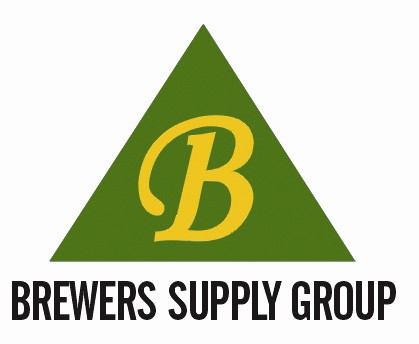When buying beer at the store – whether it’s at a grocery store, a local market, or a specialty beer shop – always always always try to buy the freshest beer you can find. The single most common defect I see in store bought beer is oxidation, hands down, it’s not even a contest. Even the tiniest amount of oxygen is bad news for beer, and although there are technologies and practices available which can limit it very well, it’s pretty much impossible to eliminate from production processes. The problem really arises after the beer leaves the brewery. During transportation, distribution, storage and sales the beer is aging, and the warmer it is the faster it ages. For lighter colored craft beers (non-adjunct), 1 week at 85F is roughly equivalent (in terms of flavor deterioration) to a 4 month old refrigerated beer. We’ll explore oxidation more later. It’s an inevitability.
Finding the freshest beer can either be easy, tricky, or impossible. Each brewery formats and locates their dates in different ways and places. Many smaller breweries don’t even put a date on it at all.
First, we need to locate the date. Look for black or yellow printed ink on the glass of the bottle. Look for dot-matrix-style perforations in the label. Look on the bottom of the bottle. Look along the edge of the label for a calendar with notches taken out of it. It’s often very difficult to spot if you don’t know where it is. (You may even be able to find out when the bottle itself was made by looking through the bottom of the bottle with a flashlight, but this will do little to tell you the age of the beer.)
Label dates take two general forms: “best by” and “born on”. Sometimes it’s obvious which one you’re looking at, sometimes it’s not. “Born on” dates are easiest to interpret because you can do the math and tell how old it is yourself. “Best by” dates are a bit trickier because you don’t know what the brewer considers the shelf life to be. You can guess, but that’s about it. The beers from big brewers like A-B and MillerCoors have a 120-160 day shelf life. This is at the long end of the range and they can do this because they use a lot of adjuncts (non-malt carbohydrate sources) and have the resources to limit oxygen uptake during production. Their distribution chain is also refrigerated. Craft brewed beers have relatively shorter shelf lives, generally 120 days at the top end. Microbrewed beers are even shorter because they generally have less sophisticated bottling systems. Other factors can play into the lifespan of freshness, including whether the beer is filtered and how hoppy it is.
Sometimes the format of the date can be rather cryptic. Some of them use a Julian date system which indicates the date by the day of the year (for example, Julian date 257 in 2010 is September 14th). So you may see these Julian dates along with a two-digit year, and perhaps a 4 digit time stamp (1455 would be 2:55pm). Who knows what you’ll see; everybody seems to be using a different format.
Other things to note when buying beer:
- avoid beer that’s been sitting out in the aisles at room temperature
- specialty beer stores (with “thousands of different beers to choose from”) can be good places for selection, but bad places for freshness. The turnover rate for many of those beers is so slow that it oxidizes right there in the cooler over a few months (don’t forget the trip over the ocean if it’s an import). I’ve stopped buying beer at those places because more often than not it’s a dead beer.
- Look through the bottom of the bottle for chunky sediments; this is often a sign of oxidation. Be aware however: unfiltered or bottle conditioned beers are supposed to have a yeast sediment (a harmless source of vitamins)
So, now you have some tips to help you find fresh beer at the market. Good hunting!



Pingback: Guest Beer 1: Full Sail Sanctuary | beer sensory science
Pingback: Overview of Guest Beers | beer sensory science
Very useful advice, thank you. Quick question though – is there an ABV threshold above which oxidation becomes less of a problem? I’ve bought quite a few beers at higher ABVs that say they’re designed for ageing (anything from 6 months to 20 years). Does that mean the oxidisation is part of the process that improves the beer over time?
While I’m sure alcohol plays a role in how fast beer ages, I believe most of what makes those types of beers age well is the high amounts of malt and hop polyphenols (which are anti-oxidants) and the types of flavors that integrate decently (or effectively mask) oxidation flavors. A lighter beer will shows staling signs quickly because there’s nothing to cover it. As for beers that are “meant” to age, I have a feeling (with no evidence yet) that it’s a way for the brewer to take advantage of the fact that the beer ages well and spinning it with an angle to set it apart from most other beers.
So what about beers that are supposed to age for months at a time? Is oxidation part of the maturation for certain styles or is it simply masked by the strength of the beer?
Pingback: Help Me Help You Find Fresh Beer | beer sensory science